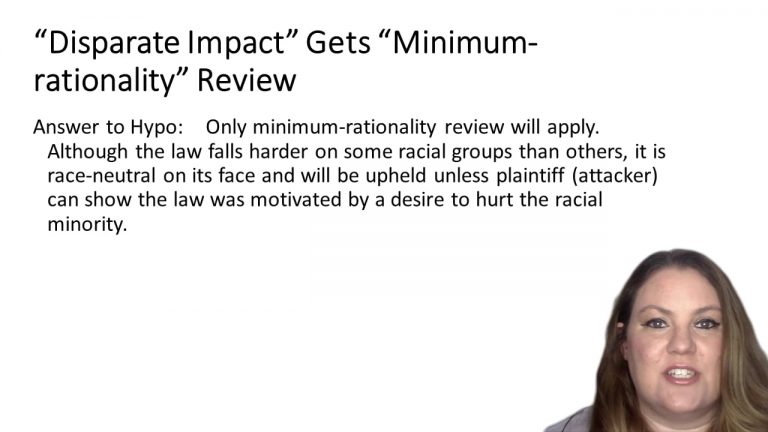SmartBrief
Confirm favorite deletion?
Constitutional Law Keyed to Choper
Mobile v. Bolden
Citation:
446 U.S. 55, 100 S.Ct. 1490, 64 L.Ed.2d 47 (1980).Facts
Bolden and other residents of Mobile, Alabama brought a class action on behalf of all black citizens in Mobile, arguing that the practice of electing the City Commissioners at-large unfairly diluted the voting strength of black citizens. The City Commission consists of 3 members elected by the voters of the city at-large, which is the same basic electoral system that is followed by thousands of municipalities and other local governmental units throughout the nation. The constitutional objection to multimember districts is the lack of representation multimember districts afford various elements of the voting population in a system of representative legislative democracy. Specifically, criticism of multimember districts is rooted in their winner-take-all aspects, their tendency to submerge minorities, and a general preference for legislatures to reflect community interests as closely as possible.
Only StudyBuddy Pro offers the complete Case Brief Anatomy*
Access the most important case brief elements for optimal case understanding.
*Case Brief Anatomy includes: Brief Prologue, Complete Case Brief, Brief Epilogue
- The Brief Prologue provides necessary case brief introductory information and includes:
Topic:
Identifies the topic of law and where this case fits within your course outline.Parties:
Identifies the cast of characters involved in the case.Procedural Posture & History:
Shares the case history with how lower courts have ruled on the matter.Case Key Terms, Acts, Doctrines, etc.:
A case specific Legal Term Dictionary.Case Doctrines, Acts, Statutes, Amendments and Treatises:
Identifies and Defines Legal Authority used in this case.
- The Case Brief is the complete case summarized and authored in the traditional Law School I.R.A.C. format. The Pro case brief includes:
Brief Facts:
A Synopsis of the Facts of the case.Rule of Law:
Identifies the Legal Principle the Court used in deciding the case.Facts:
What are the factual circumstances that gave rise to the civil or criminal case? What is the relationship of the Parties that are involved in the case.Issue(s):
Lists the Questions of Law that are raised by the Facts of the case.Holding:
Shares the Court's answer to the legal questions raised in the issue.Concurring / Dissenting Opinions:
Includes valuable concurring or dissenting opinions and their key points.Reasoning and Analysis:
Identifies the chain of argument(s) which led the judges to rule as they did.
- The Brief Prologue closes the case brief with important forward-looking discussion and includes:
Policy:
Identifies the Policy if any that has been established by the case.Court Direction:
Shares where the Court went from here for this case.
Topic Resources
Topic Outline
Topic Refresher Course

 5m 39s
5m 39s